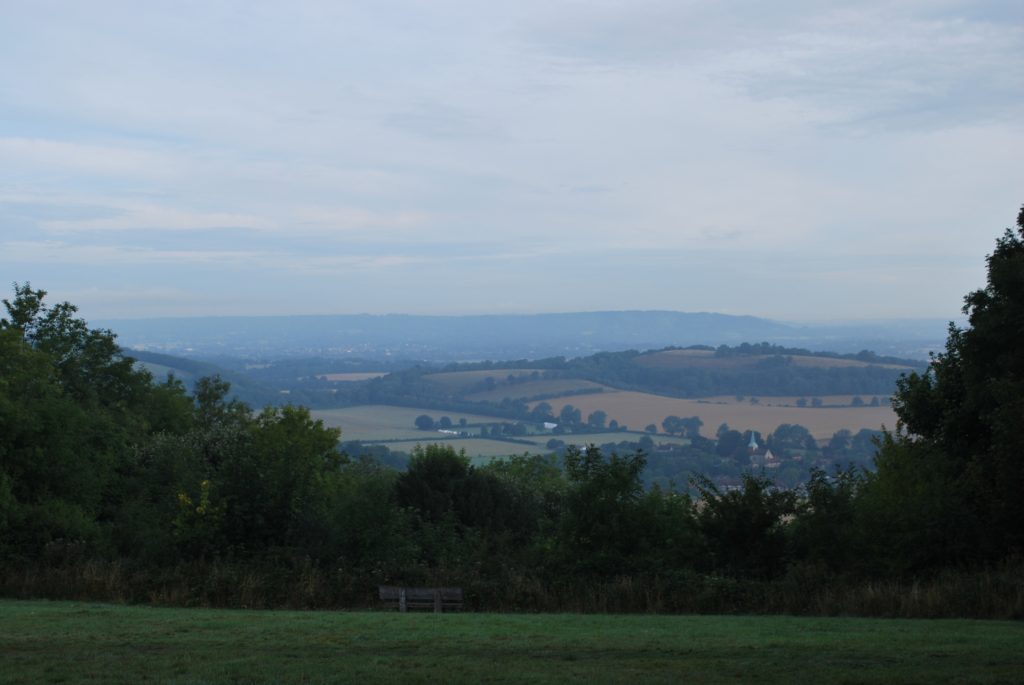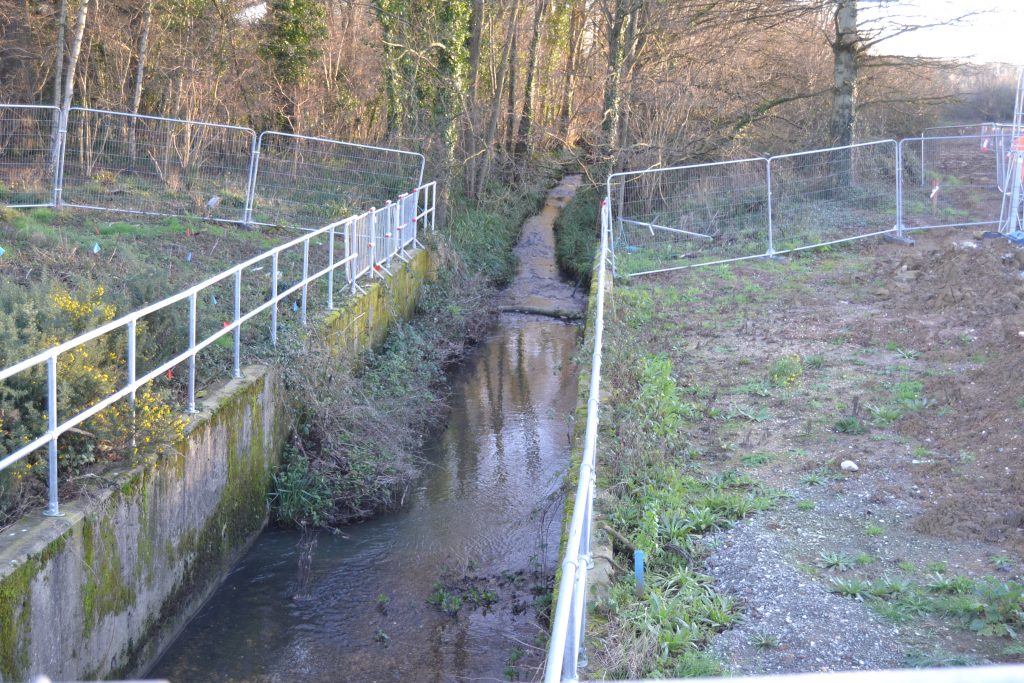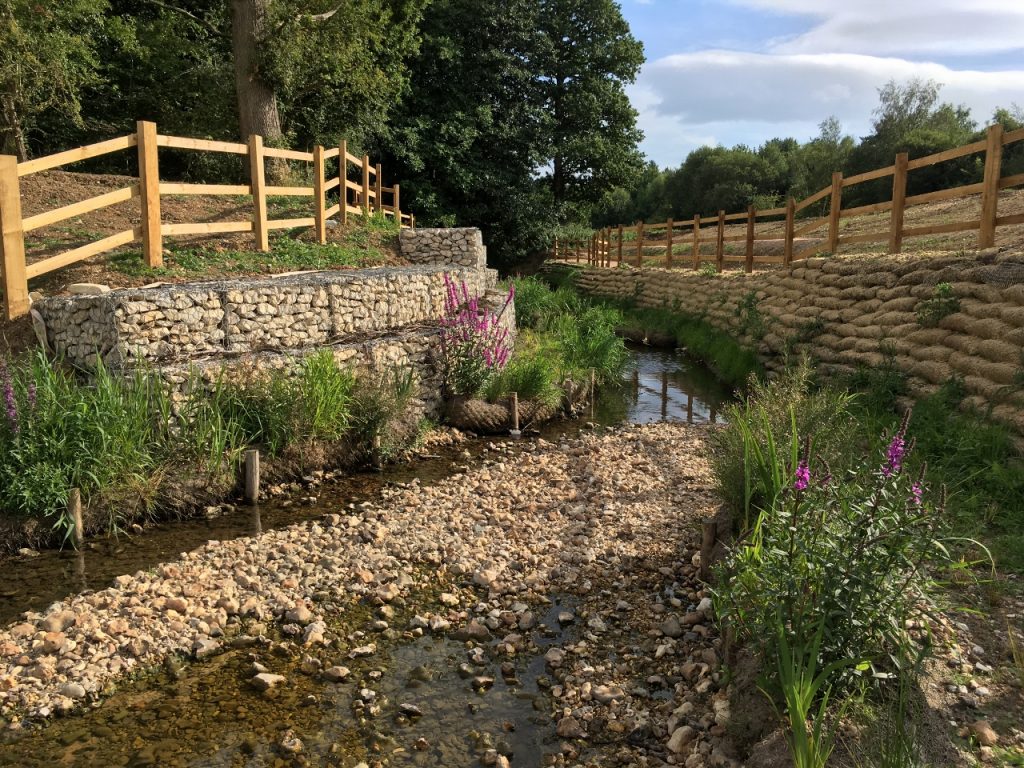
A Facebook post about a former house-mate of mine who now teaches at the Stockholm Resilience Centre (http://www.stockholmresilience.org) got me thinking about their area of interest, namely the complex challenges facing humanity and their belief that;
In our globalized society, there are virtually no ecosystems that are not shaped by humans and no humans without the need for ecosystems and the services they provide.
Protecting and enhancing ecosystems and their biodiversity is one of the key roles of our profession and at terra firma we strive to increase biodiversity in every project. Apart from protecting ecosystems for their own sake, we humans rely upon biodiversity for our well-being including food security, health, energy security and clean water. Our very survival depends upon the resilience of these ecosystems.
Johan Rockström, the centre’s Director believes that ‘diversity and gender equality is absolutely a fundamental requisite for resilience’. Lack of diversity in the workplace is therefore a concern alongside a lack of biodiversity in the landscape.
The Landscape Institute’s Diversity and Inclusion Working Group, of which I am a member, is looking for ways to ensure that our profession is representative of society including the recruitment, retention and promotion of members from all communities. Although still in its early stages, the working group is initially trying to establish how diverse our profession truly is so that we can ultimately address specific areas of under-representation.
Evidence so far suggests that whilst there are approximately equal numbers of male and female landscape architects there are relatively low numbers of women in the most senior positions. Anecdotal evidence suggests that the black, Asian and minority ethnic (BAME) community is underrepresented despite a study which suggests that ethnic minorities appear to care more about climate change*. Statistics about LGBT+ members of the LI are also lacking but another study states that gay adults are 22% more likely to care about green issues than their straight counterparts**. Both of these studies would lead one to anticipate relatively high numbers of the profession from these communities. Whether this is the case will be interesting to see.
Possible reasons that minorities may be under-represented in the profession have yet to be investigated by the group but issues such as visibility (“You have to see it to be it”) and access to higher education are likely to play a part. The rising cost of university education and the increasing importance of (often unpaid) internships or gap-year volunteer programmes for future employability are all likely to affect the choices of those from less prosperous families, for example.
What is certain is that as a profession we need to represent all sectors of society because a diverse workforce will by its very nature tend to come up with the most diverse solutions and be the most resilient. Encouraging participation from all communities should be at the centre of protecting the planet’s ecosystems as it is the one thing that we all share. This is essential not only to tackle the large complex problems of climate change but to ensure that all our projects truly reflect the needs of their end-users.

